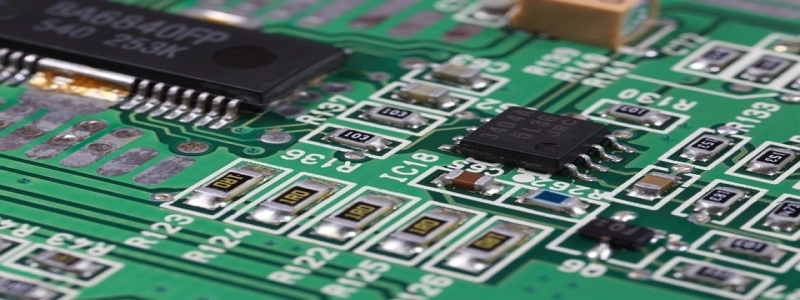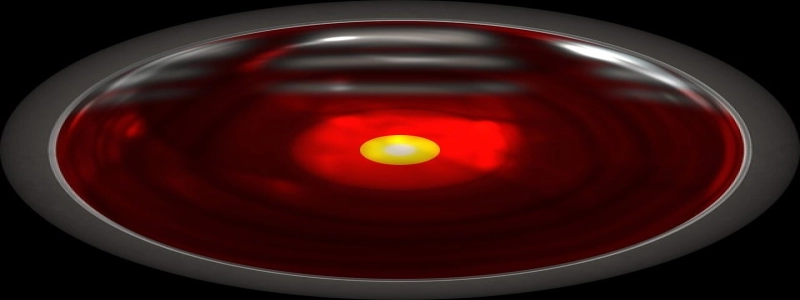DWDM vs CWDM
나. 소개
DWDM (Dense Wavelength Division Multiplexing) and CWDM (Coarse Wavelength Division Multiplexing) are both technologies used in optical communication systems to increase the capacity of fiber optic networks. While they serve the same purpose of increasing bandwidth, there are notable differences between these two technologies. This article will explore the differences between DWDM and CWDM in terms of their technical specifications, application range, 그리고 비용 효율성.
II. Technical Specifications
1. DWDM
DWDM is a technology that allows multiple optical signals to be transmitted simultaneously over a single fiber by using multiple wavelengths. The spacing between wavelengths in DWDM systems is usually 0.8 nm or 0.4 nm, enabling the transmission of hundreds of wavelengths within the C-band or L-band. This makes DWDM suitable for long-haul and high-capacity applications.
2. CWDM
CWDM, 반면에, uses wider spacing between wavelengths, typically 20 nm or 18 nm. This allows for a smaller number of wavelengths to be transmitted over a single fiber compared to DWDM. CWDM is often used for shorter distances and lower capacity applications.
III. Application Range
1. DWDM
Due to its ability to support a large number of wavelengths, DWDM is commonly used for long-haul applications, such as connecting data centers across cities or even countries. It is also used in submarine communication systems where long-distance transmission is required. DWDM is ideal for applications that demand high bandwidth and have a greater need for scalability.
2. CWDM
CWDM, with its fewer wavelengths, is more suitable for shorter distances, such as campus and metropolitan networks. It is commonly used to connect buildings within a campus or different locations within a city. CWDM is ideal for applications that require moderate to high bandwidth and do not need the same level of scalability as DWDM.
IV. Cost-Effectiveness
1. DWDM
DWDM systems are more complex and require more sophisticated equipment and components. The need for narrow wavelength spacing and higher performance components such as tunable lasers and dispersion compensation modules increases the cost of DWDM technology. 하지만, due to its ability to transmit a large number of wavelengths, the cost per bit is lower in DWDM systems, making it more cost-effective for high-capacity applications.
2. CWDM
CWDM systems are generally less expensive compared to DWDM systems. The wider spacing between wavelengths and the use of lower cost components result in lower equipment and installation costs. 하지만, as CWDM supports a smaller number of wavelengths, the cost per bit is higher compared to DWDM systems for the same capacity.
V. 결론
In summary, both DWDM and CWDM are effective technologies for increasing the capacity of fiber optic networks. DWDM offers higher capacity and scalability, suitable for long-haul and high-bandwidth applications. CWDM, 반면에, is more cost-effective and suitable for shorter distances and moderate to high-bandwidth applications. The choice between these two technologies depends on the specific requirements of the network, including distance, capacity, and budget.







